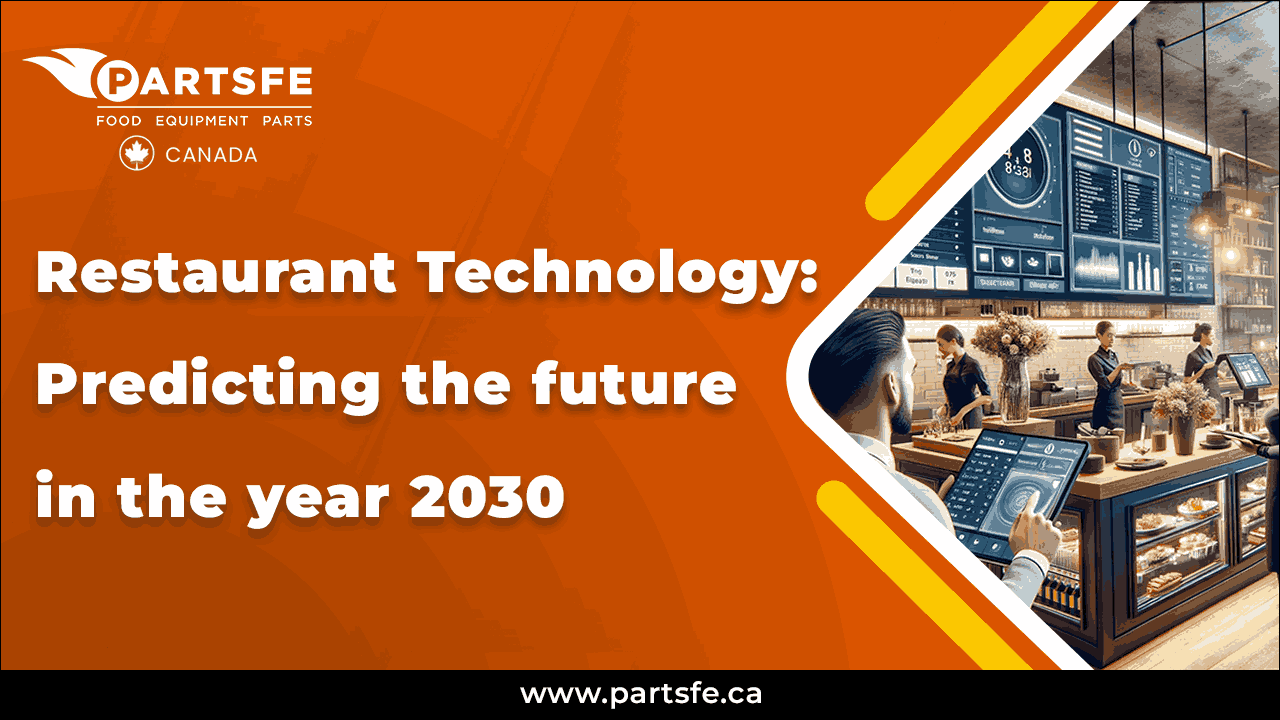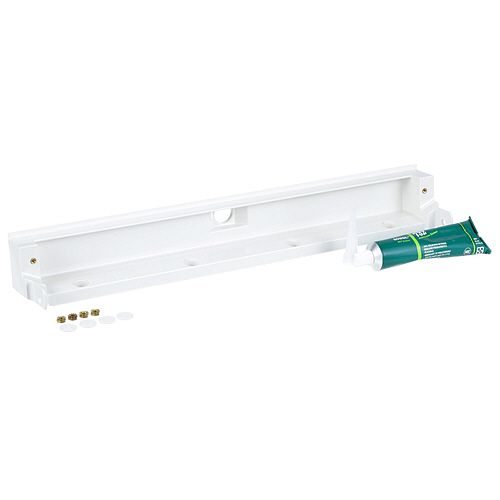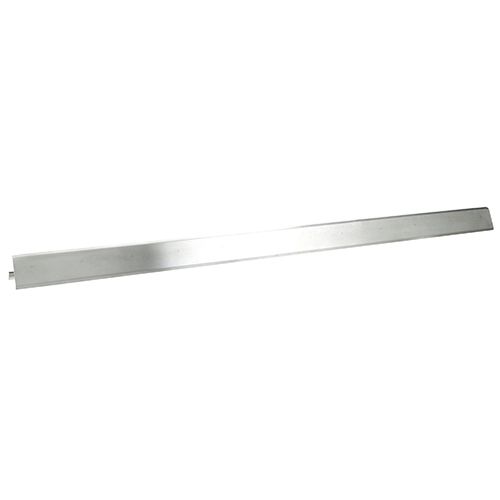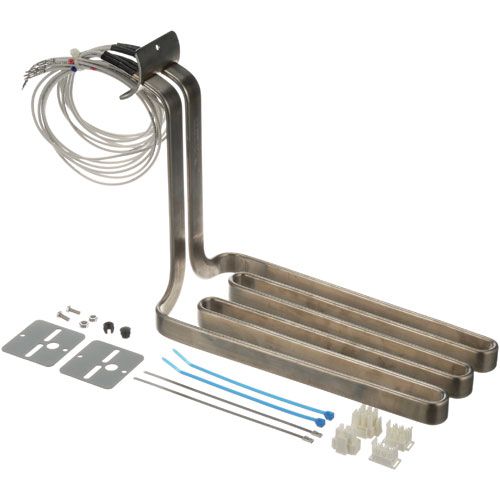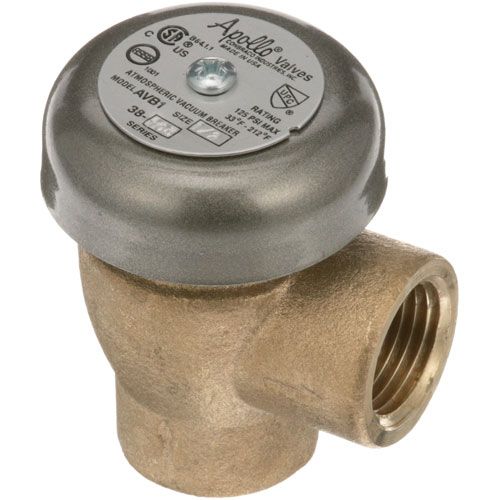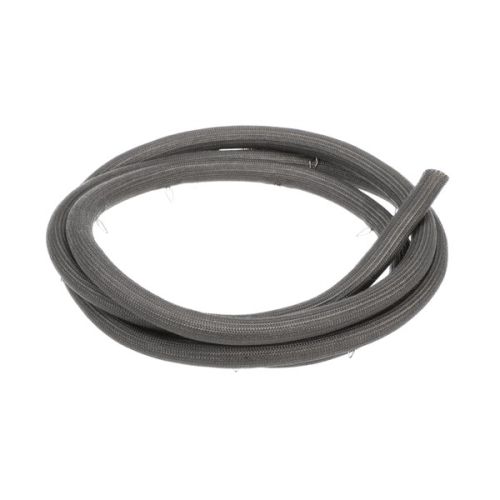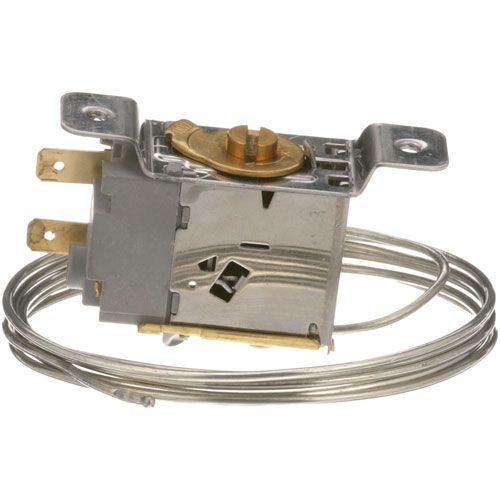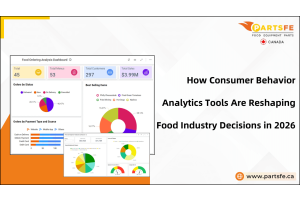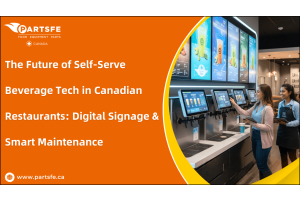Restaurant Technology: Predicting the future in the year 2030
Running a restaurant has always been about adapting to new changes within the technological field. The historical survey of dining practices revealed that technology has always been behind the shift from reservation systems to the online delivery systems. Forecast for 2030, restaurant technology will transform every facet of the restaurant industry including food preparation and customer-place interaction.
Technological solutions will become prevalent in operations by the year 2030 due to a shift that will lead to improvements in efficiency, customers’ satisfaction, and sustainability besides opening up more opportunities for business. Thus, for restaurants of the future, the best is to know how automation, artificial intelligence, smart kitchen, and ideas that focus on customer needs will develop.
The Rise of Automation in Restaurants
In the year 2030, due to the advanced level of automation, restaurants will incorporate the use of robotics and automated structures such as cooking, order taking and delivery among others. The desire to be served faster as well as to get a more standardized food preparation will spur this change. Robotic and automatic units will take up jobs such as preparing meals that include burgers, some simple cooking, and serving beverages. In addition, in the future, kitchens will be automated to guarantee that everybody is fed good quality food at all times.
In the front of the house, the trends indicate that customers will place, customize and pay for their food through self-ordering kiosks. This will come in handy, so as to cut down on waiting time and make the diner more independent.
Are you ready for the future of restaurant technology? At PartsFe Ca, we offer a wide range of high-quality commercial restaurant equipment parts to keep your kitchen running smoothly. Whether you need a new oven thermostat, refrigerator compressor, fryer filter, or dishwasher pump, we have you covered. Shop with us today and ensure your restaurant is equipped for the innovations of tomorrow!
AI and Machine Learning: Revolutionizing Customer Service
Artificial Intelligence (AI) will be at the heart of customer service in 2030. AI-powered chatbots and virtual assistants will manage reservations, answer customer queries, and provide personalized recommendations based on past behavior and preferences. These systems will also offer dynamic pricing, adjusting the cost of meals based on demand, weather, or local events, maximizing profitability and customer satisfaction.
Moreover, machine learning algorithms will allow restaurants to track customer preferences, suggest menu items based on dietary restrictions or past orders, and even predict future trends in food and beverage consumption. These innovations will provide a truly personalized dining experience, making customers feel like they are receiving bespoke service tailored to their individual tastes.
The Impact of Robotics in Kitchens
By 2030, robots will play an even larger role in kitchen operations. Robots will take over repetitive tasks, such as chopping, stirring, and assembling food, significantly reducing the chances of human error and increasing the speed at which food is prepared. This will improve both the efficiency of kitchen staff and the consistency of the dishes served.
Robotic chefs, capable of preparing intricate dishes with precision, will assist human chefs by working in harmony with them. These robotic systems will operate 24/7 without fatigue, ensuring a constant flow of quality meals, while also addressing labor shortages in the industry.
Read on: Future of Dining: How Digital Menu Boards Are Transforming Restaurants
The Integration of Augmented Reality and Virtual Reality
In 2030, augmented and virtual reality (AR/VR) technologies will begin to find their place in the dining experience. Imagine stepping into a virtual reality world where the ambiance and decoration are customized to fit a specific theme, or using augmented reality glasses to view virtual menus that are interactive and 3D.
Restaurants may use AR/VR to engage customers with immersive experiences — whether for virtual tours of a vineyard where the wine is sourced or allowing diners to virtually "meet" the chef who prepared their meal. Additionally, VR can offer training simulations for kitchen staff, helping them improve their skills without the pressure of real-world mistakes.
IoT and Smart Kitchens: Efficiency Redefined
The Internet of Things (IoT) will be another driving force in the restaurant industry. By 2030, IoT-enabled kitchen equipment will communicate in real-time to ensure that all appliances are functioning optimally, reducing energy consumption and food waste. For example, smart refrigerators will monitor inventory levels and alert chefs when supplies are low, while IoT-connected ovens can automatically adjust cooking times and temperatures based on the dish being prepared.
Smart sensors will also be used to monitor food quality, ensuring that ingredients are stored at the ideal temperature and humidity. These systems will reduce food spoilage and waste, contributing to sustainability efforts and cutting down operational costs.
Contactless Dining and Hygiene Protocols
In the wake of the COVID-19 pandemic, hygiene and contactless experiences have become more critical than ever. By 2030, contactless dining will become a standard feature. Customers will use mobile apps or contactless payment systems to place orders, view digital menus, and pay their bills without ever having to touch physical surfaces.
Restaurants will also use advanced hygiene protocols, supported by technology, to ensure that food safety standards are consistently met. For example, UV-C light sterilization systems may be used in kitchens to sanitize surfaces, while robotic cleaners will ensure dining areas remain spotless.
Have a look at Solo Dining Surge in Canada: A Profitable Opportunity for Restaurants
Sustainability and Technology: A Greener Future
As sustainability becomes an increasingly important issue for consumers, restaurants will turn to technology to help reduce their environmental impact. By 2030, innovations like energy-efficient appliances, waste reduction systems, and even food printers will become common.
Food printing technology, in particular, will allow restaurants to create plant-based alternatives that mimic the taste and texture of meat without the environmental cost of livestock farming. Additionally, sustainability-focused apps may enable customers to track the carbon footprint of their meals and make more eco-conscious dining choices.
Predictive Analytics: Enhancing Business Decisions
The power of big data and predictive analytics will revolutionize the way restaurants make decisions in 2030. Advanced analytics tools will enable restaurant owners and managers to make data-driven decisions regarding everything from menu pricing to staff scheduling.
For example, restaurants will use predictive analytics to forecast customer demand based on historical data and current trends, allowing them to optimize inventory management and reduce food waste. Predictive algorithms will also help with staffing, ensuring that the right number of employees are scheduled for each shift based on anticipated foot traffic.
The Role of Delivery Apps and Ghost Kitchens
The trend toward delivery-only services is expected to continue in 2030, with the rise of ghost kitchens — facilities designed solely for preparing food for delivery. These kitchens will be equipped with state-of-the-art technology to ensure orders are processed quickly and efficiently, without the need for a traditional dining room or front-of-house staff.
In addition, delivery apps will continue to evolve, offering more than just food delivery. They will provide customers with personalized meal recommendations, track delivery times in real-time, and offer loyalty rewards based on dining habits.
The future of restaurant technology in 2030 is one of innovation and transformation. As automation, AI, robotics, and IoT continue to evolve, they will drastically change the way restaurants operate, enhancing efficiency, reducing costs, and improving the customer experience. However, while technology will play an integral role, the essence of dining — community, culture, and connection — will remain unchanged. The future of dining will not only be about cutting-edge technology but also about using these innovations to create richer, more engaging experiences for customers.
FAQs
What is the future of automation in restaurants?
Automation will streamline food preparation and customer service, reducing costs and improving consistency.
How will AI impact the restaurant industry by 2030?
AI will personalize customer experiences, optimize operations, and help restaurants predict trends and customer preferences.
What role will delivery-only kitchens play in 2030?
Ghost kitchens will become more prevalent, focusing on delivery services with advanced technology for faster and more efficient operations.

